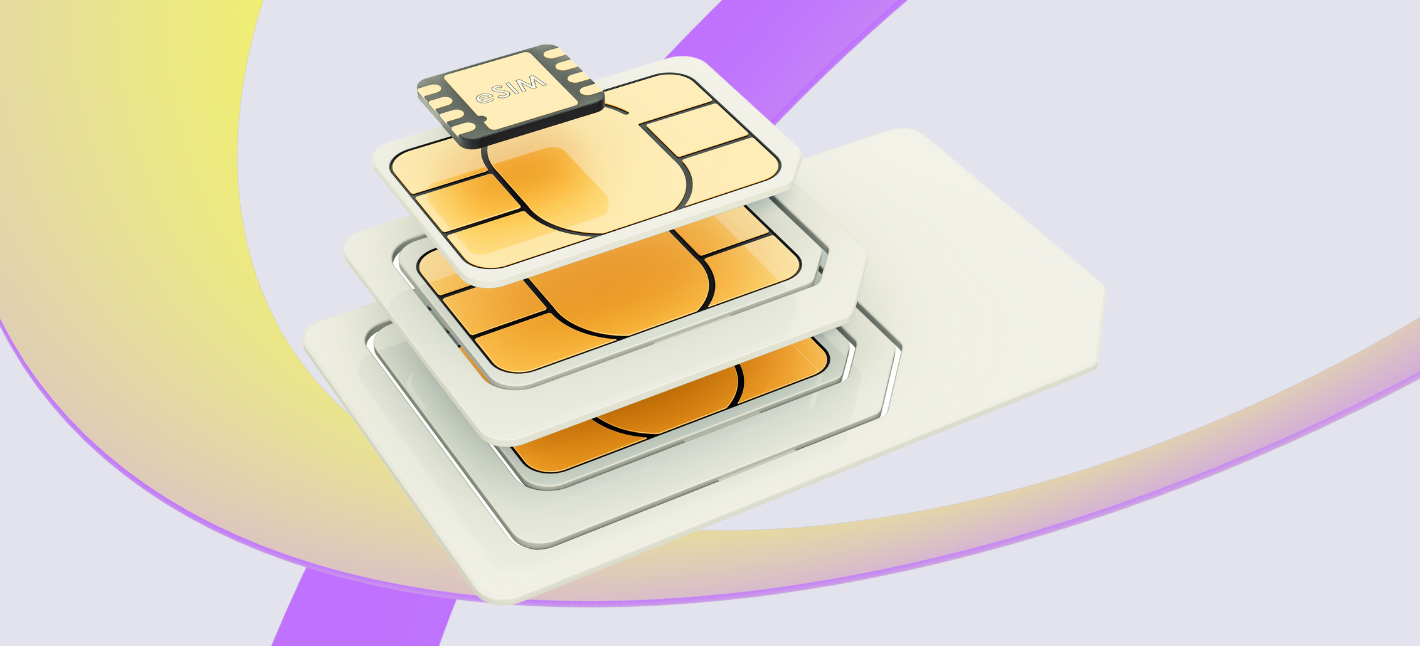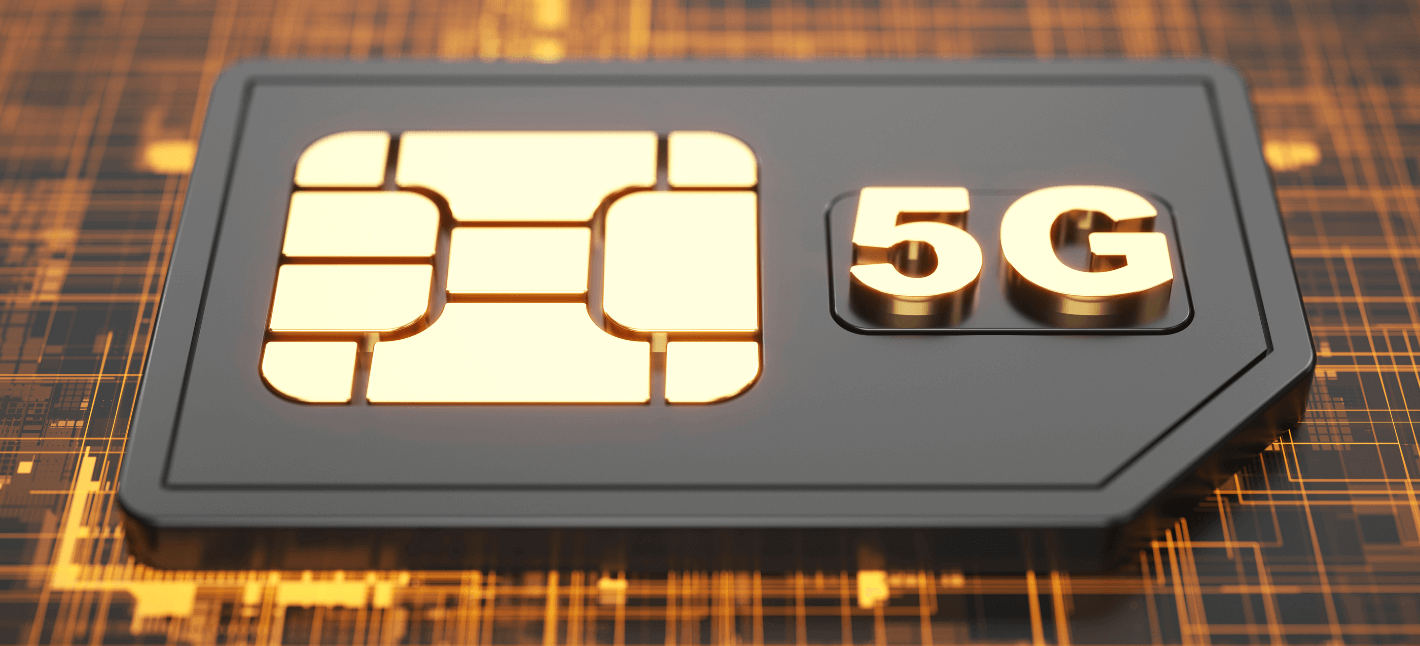IoT Sim Connectivity Exploring the World of IoT Connectivity
Cellular Connectivity Providers For IoT Solutions and Network for IoT Connectivity
The Internet of Things (IoT) represents a transformative shift in how gadgets interact and talk. Understanding how IoT connectivity works is essential to understand the implications and potential of this know-how. IoT refers to a community of interconnected units outfitted with sensors, software, and different technologies that enable them to gather and change information over the Internet.
In essence, IoT connectivity facilitates communication between numerous gadgets and platforms, enabling them to share data seamlessly. This interconnectedness extends past simple gadgets to include complex systems like smart properties, industrial machines, and even whole cities. As such, the infrastructure that supports IoT should deal with an unlimited amount of data and connections concurrently.
For IoT techniques to operate successfully, they utilize numerous communication protocols similar to Wi-Fi, Bluetooth, Zigbee, and cellular networks. Each of these protocols has strengths and weaknesses tailored to specific use instances (IoT Global Connectivity). Wi-Fi is prevalent in residence and workplace settings due to its excessive information transfer rates, whereas Bluetooth is more appropriate for short-range functions, like wearable units.
Zigbee and LoRaWAN are important in smart city functions as a result of their low energy requirements and talent to transmit information over lengthy distances. These protocols contribute to the grid of gadgets that continuously relay data to improve functionality and efficiency. For example, smart meters make the most of these protocols to ship crucial information to utility corporations, aiding in efficient energy management.
Managed IoT Connectivity Platform Strategies and Challenges of IoT Connectivity
The knowledge collected by IoT gadgets typically undergoes processing earlier than it can be utilized. Edge computing is a model the place knowledge processing occurs close to the data's source rather than a centralized data heart. By processing data at the edge, latency is reduced, and bandwidth is saved, as solely important information is sent to the cloud. This mannequin proves beneficial in situations requiring real-time analysis, corresponding to autonomous vehicles or smart manufacturing.
Cloud computing complements IoT connectivity by providing expansive storage capability and analytics capabilities. Once the data has been analyzed, actionable insights could be derived to tell decision-making processes. For occasion, in healthcare, related medical gadgets can monitor sufferers and alert healthcare providers if pressing action is needed.
Security stays a crucial concern in IoT connectivity. As gadgets become more interconnected, the potential assault surfaces multiply, making them engaging targets for cybercriminals. Implementing strong safety protocols, corresponding to encryption, two-factor authentication, and regular firmware updates, is important to safeguarding sensitive data. The shared vulnerability of connected units signifies that security should be thought-about at each stage of the IoT improvement and deployment course of.
Interoperability is another important challenge in the IoT panorama. Various manufacturers and service suppliers might utilize different protocols and standards, which can create obstacles in seamless communication. Open standards and frameworks are being developed to mitigate these points, enabling gadgets from different manufacturers to work collectively harmoniously. This cooperation can significantly improve user expertise and general system effectivity.
IoT Sim Connectivity Basics of Global IoT Connectivity

The benefits of IoT connectivity permeate numerous industries, providing alternatives for effectivity and innovation. In agriculture, IoT sensors can track soil moisture and climate conditions, permitting farmers to optimize irrigation and scale back waste. In manufacturing, real-time monitoring techniques can forecast tools failures, serving to to maintain continuous production.
Smart cities leverage IoT connectivity to enhance city dwelling. Traffic management methods can analyze real-time data to optimize visitors move and scale back congestion. Similarly, smart waste administration techniques make the most of sensors to observe waste levels, guaranteeing timely pickups and resource effectivity. These improvements reveal how IoT connectivity can improve every day life on a quantity of ranges.
IoT Connectivity Management Platform Basics of Global IoT Connectivity
Despite its potential, the IoT landscape continues to be evolving, with ongoing research and improvement geared toward understanding visite site and addressing its challenges. As extra devices come online, the necessity for scalable and sustainable connectivity turns into more and more very important. This interconnected future requires collaboration amongst technologists, policymakers, and business leaders to make certain that the advantages of IoT are realized safely and inclusively.
In conclusion, understanding how IoT connectivity works encompasses greater than merely greedy technical particulars. It contains recognizing the implications of this interconnected world, the necessity for robust security, and the challenges of interoperability. As expertise advances, the transformative potential of IoT will continue to redefine industries and reshape day by day life, ushering in a new era of connectivity and innovation. The ongoing improvement of IoT technology suggests that we are solely initially of a journey that holds exciting prospects for the future.
- IoT connectivity relies on numerous communication protocols corresponding to MQTT, CoAP, and HTTP, which facilitate knowledge exchange between units and servers effectively.
- Devices outfitted with sensors acquire data and make the most of network connectivity, either by way of Wi-Fi, cellular, or low-power wide-area networks (LPWAN), to transmit this info.
- Cloud platforms play a important position in IoT connectivity, permitting for centralized data storage, processing, and administration, which may be accessed by licensed users via the internet.
- The integration of edge computing enhances IoT performance by processing knowledge closer to the supply, decreasing latency and bandwidth utilization.
- Security measures, including encryption and authentication, are important in IoT connectivity to guard sensitive information from unauthorized access and potential cyber threats.
- Interoperability standards allow disparate IoT units from completely different manufacturers to speak and work together seamlessly within a unified system.
- API (Application Programming Interface) integrations enable IoT devices to interact with third-party purposes, enriching overall performance and knowledge analysis capabilities.
- Network topology, which describes the arrangement of connected IoT units, impacts overall system efficiency, reliability, and scalability.
- Real-time data analytics is commonly performed on information aggregated from related gadgets, enabling predictive maintenance, smart decision-making, and improved operational effectivity.
- Various IoT platforms, similar to AWS IoT and Google Cloud IoT, present instruments and providers that simplify the deployment and administration of IoT connections and units.undefinedHow does IoT connectivity work?
What is IoT connectivity?
Connectivity Of IoT Quick Guide to IoT Connectivity
IoT connectivity refers to the means by which gadgets talk and share knowledge over the Internet. It entails various networking technologies, together with Wi-Fi, cellular networks, and low-power wide-area networks (LPWAN), enabling gadgets to trade info seamlessly.
What units can connect to IoT networks?
Managed IoT Connectivity Services Security and Connectivity in IoT
Almost any system can connect with IoT networks so long as it has sensors and internet connectivity. Common examples embrace smart home equipment, wearables, industrial machines, and autos, all designed to gather and transmit information - IoT Connectivity Sim.

How does data journey in IoT networks?
Data in IoT networks travels through multiple layers of expertise, starting from the device’s sensors, shifting through gateways or hubs, and eventually reaching cloud servers where it could be processed and analyzed, facilitating real-time decision-making.
IoT Connectivity Market Tactics for Overcoming IoT Connectivity Challenges
What are the safety measures in IoT connectivity?
Security measures in IoT connectivity usually include encryption, gadget authentication, secure boot processes, and common software updates. These protocols are important to protect units click here for more from unauthorized access and guarantee data integrity.
Can IoT units operate with out internet?
While many IoT gadgets rely on web connectivity for real-time data change, some can operate on local networks or inside local processing systems. However, they may have limited functionality and interoperability without internet access.
IoT Connectivity Plan Quick Overview of IoT Connectivity Types

What position does cloud computing play in IoT connectivity?
Cloud computing plays an important role in IoT by offering storage, processing power, and analytical instruments that enable huge quantities of information collected from devices to be processed and utilized effectively, enabling insights and automation.
Are there standards for IoT connectivity?
Yes, various standards and protocols exist for IoT connectivity, together with MQTT, CoAP, and Zigbee. These guarantee interoperability between units and networks, promoting seamless integration and communication amongst different IoT systems.
Vodafone Managed IoT Connectivity Platform Essential Types of IoT Connectivity
How can I guarantee my IoT gadget is suitable with my network?
To ensure compatibility, verify the device specs for supported connectivity options like Wi-Fi frequencies, Bluetooth variations, or cellular standards. Additionally, consult your network supplier concerning compatibility with completely different IoT technologies.

What are the challenges in IoT connectivity?
Challenges in IoT connectivity include points related to safety, scalability, interoperability, and data administration. Addressing these challenges is essential for the profitable deployment and operation of IoT methods throughout varied industries.